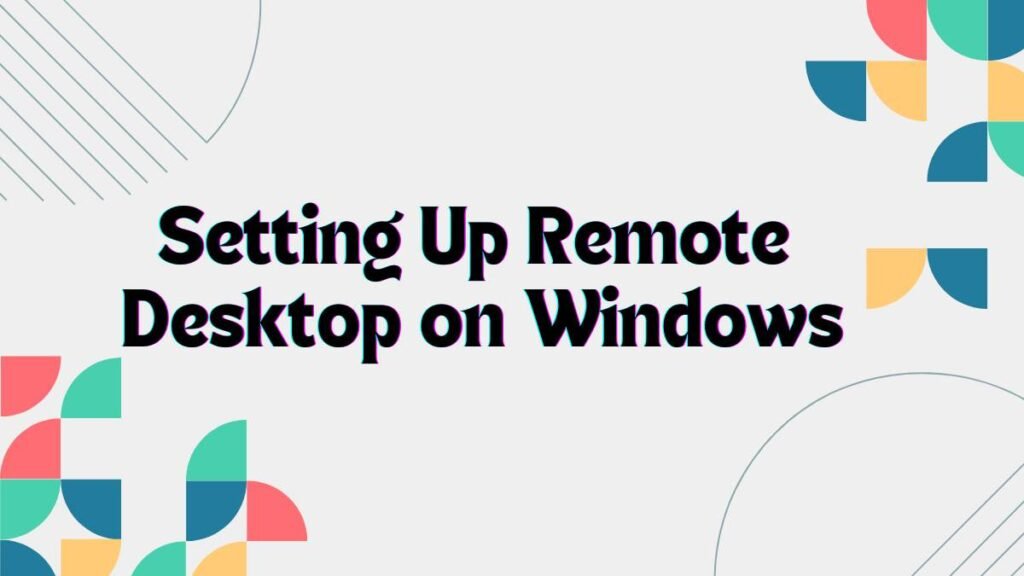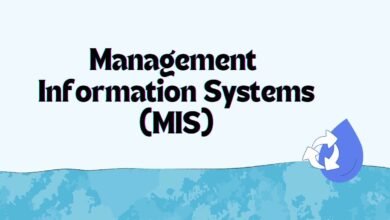Microsoft Remote Desktop: Ultimate Comprehensive Guide

Microsoft remote desktop, remote access has become a crucial tool for businesses and individuals. One of the most popular and reliable solutions for remote access is . This powerful tool allows users to connect to a computer from any location, providing access to files, applications, and even network resources as if they were sitting in front of the remote machine. In this article, we will dive deep into what is, how it works, and its benefits. We’ll also touch on related concepts such as Remote Desktop Connection, Remote Desktop Protocol (RDP), and Windows Remote Access.
What is Microsoft Remote Desktop?
At its core, is a feature that allows users to connect remotely to another computer. This feature is particularly useful for businesses that have employees working from various locations or for users who need access to their office computers while on the move. By using a simple interface, you can control another machine as if you were right there, opening programs, moving files, and performing tasks.
How Microsoft Remote Desktop Works
Works by leveraging the Protocol (RDP), which is a proprietary protocol developed by Microsoft. RDP is designed to transmit all the necessary information between the host computer (the computer being accessed) and the client computer (the one initiating the connection). It handles data related to screen display, keyboard input, and mouse movements. The RDP protocol ensures that the data transfer between the host and client computers remains secure and efficient. It compresses data, reducing the bandwidth required for the connection, which is especially important when dealing with slow or limited internet connections.
Setting Up Remote Desktop on Windows

Setting up on Windows is a straightforward process. Here’s a step-by-step guide:
Downloading and Installing the Remote Desktop Client
The computer or device you will use to connect remotely is referred to as the client. provides Clients for various operating systems, including Windows, macOS, iOS, and Android. Simply download the appropriate client from the official Microsoft website or your device’s app store.
Connecting to the Host Computer
Once Remote Desktop is enabled on the host computer and the client software is installed on the connecting device, follow these steps. Voila you now have remote access to your machine from anywhere in the world, provided both devices are connected to the internet.
Benefits of Using Microsoft Remote Desktop
Enhanced Productivity
With Windows Remote Access, employees can work from home or while traveling, maintaining productivity levels. They can access company files, databases, and software without needing to be physically present in the office.
Must Visit: Glow Fund
Cost Efficiency
Implementing Remote Desktop Services eliminates the need for multiple copies of software installations on different computers. Users can access all necessary software through their central workstation, which is a more cost-effective solution for businesses.
Flexibility: Microsoft Remote Desktop
Provides flexibility. Whether you are working on a Windows machine or using an iOS or Android device, you can still access your remote desktop.
Security
Security is a primary concern when it comes to remote access. Fortunately, Remote Desktop Protocol (RDP) includes features like data encryption and multi-factor authentication, ensuring that only authorized users can access your system.
Remote Desktop Connection vs. VPN
While both Remote Desktop Connection and a Virtual Private Network (VPN) allow you to access resources remotely, they serve different purposes. A VPN provides a secure connection to a remote network, allowing you to access shared files and resources. On the other hand, Remote Desktop gives you direct access to a specific computer, where you can control the entire machine. In many cases, using Remote Desktop alongside a VPN can provide a powerful combination of secure access and full remote control over your workstation.
Troubleshooting Common Remote Desktop
Sometimes, Remote Desktop connections may face issues.
Connection Issues: Microsoft Remote Desktop
If you cannot connect to the host computer, ensure that the Remote Desktop feature is enabled, and the PC is turned on. Additionally, verify the IP address or computer name you are using.
Slow Performance
A slow connection can lead to a laggy Remote Desktop experience. To mitigate this, try reducing the resolution and turning off visual effects on the host machine. Using an ethernet connection instead of Wi-Fi can also improve speed.
Authentication Errors: Microsoft Remote Desktop
Ensure that you are entering the correct username and password for the host computer. If your company uses multi-factor authentication, you may also need to provide a secondary verification method.
Remote Desktop Services for Business
For businesses, Remote Desktop Services (RDS) provide an excellent solution for managing and deploying virtual desktops. With RDS, companies can centrally manage all remote connections, ensuring security, performance, and scalability. IT administrators can easily set up and configure virtual desktops. Giving employees access to work environments no matter where they are.
Security Best Practices for Remote Desktop

To ensure a secure remote connection, consider implementing the following best practices:
Use Strong Passwords: Microsoft Remote Desktop
Always use complex, unique passwords for your Remote Desktop accounts to minimize the risk of unauthorized access.
Enable Two-Factor Authentication (2FA)
Adding an extra layer of security with 2FA ensures that even if someone gains. Access to your password, they would still need a secondary verification method to log in.
Conclusion
Valuable tool for both personal and business use, offering flexibility, productivity, and security. Whether you need to access files while traveling or manage remote teams efficiently, Remote Desktop provides the tools you need to stay connected. By understanding how to use Remote Desktop Connection, Remote Desktop Protocol (RDP), and Remote Desktop Services, you can unlock the full potential of remote work and access.
FAQs
Is Remote Desktop secure?
Yes, Remote Desktop Protocol (RDP) includes encryption and security features, but it is crucial to use strong passwords and enable two-factor authentication for maximum protection.
Can I access my computer from my phone?
Yes, Clients are available for both iOS and Android devices, allowing you to access your computer remotely from your smartphone or tablet.
Does Remote Desktop use a lot of data?
Remote Desktop can use a moderate amount of data, especially if you’re transmitting high-resolution video or using multiple monitors. Reducing screen resolution and disabling visual effects can help minimize data usage.
How do I improve the performance of Remote Desktop?
Improving performance can be achieved by reducing the screen resolution, disabling unnecessary visual effects, and ensuring a stable, high-speed internet connection.
Must Visit: Snap Bloom




